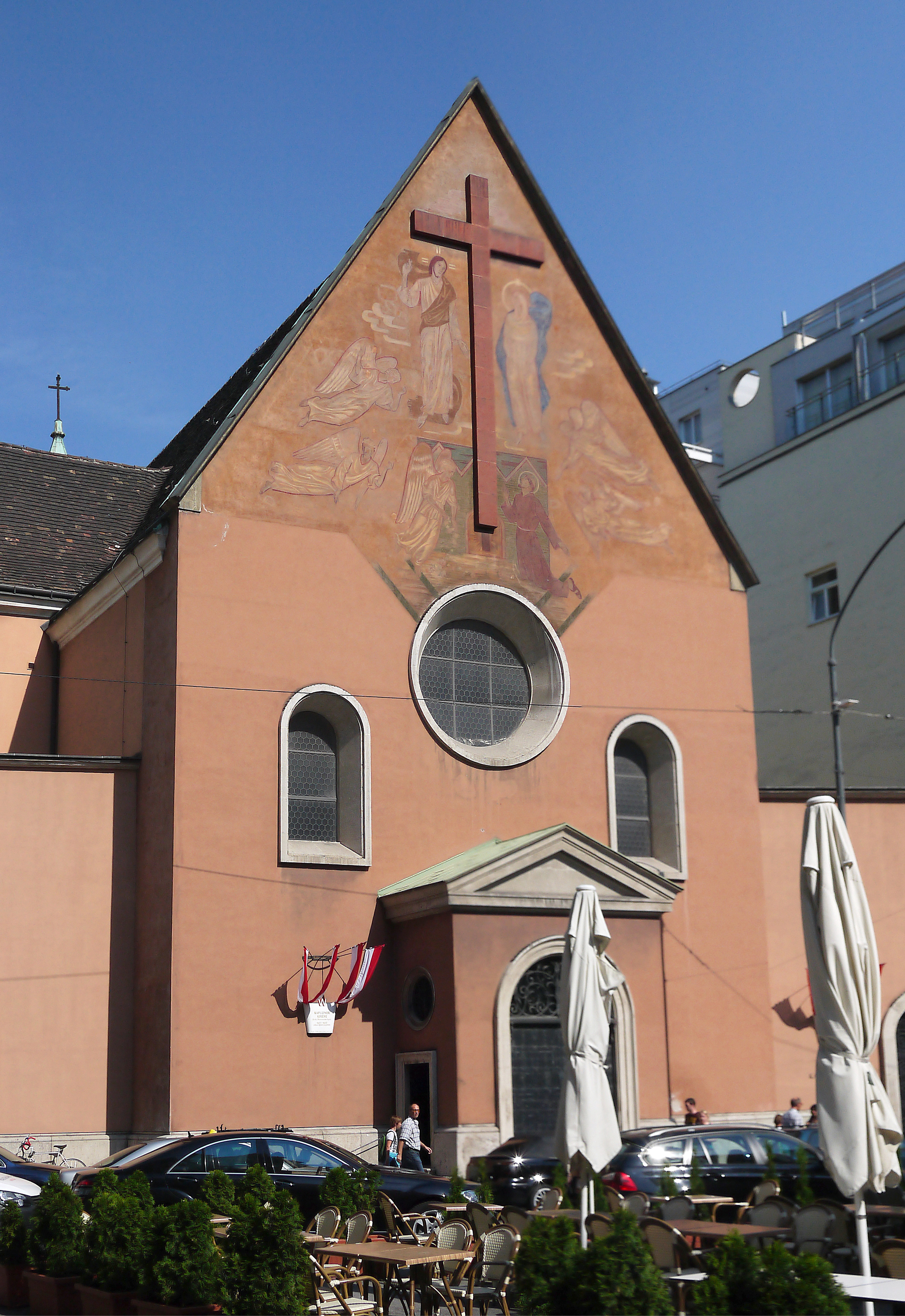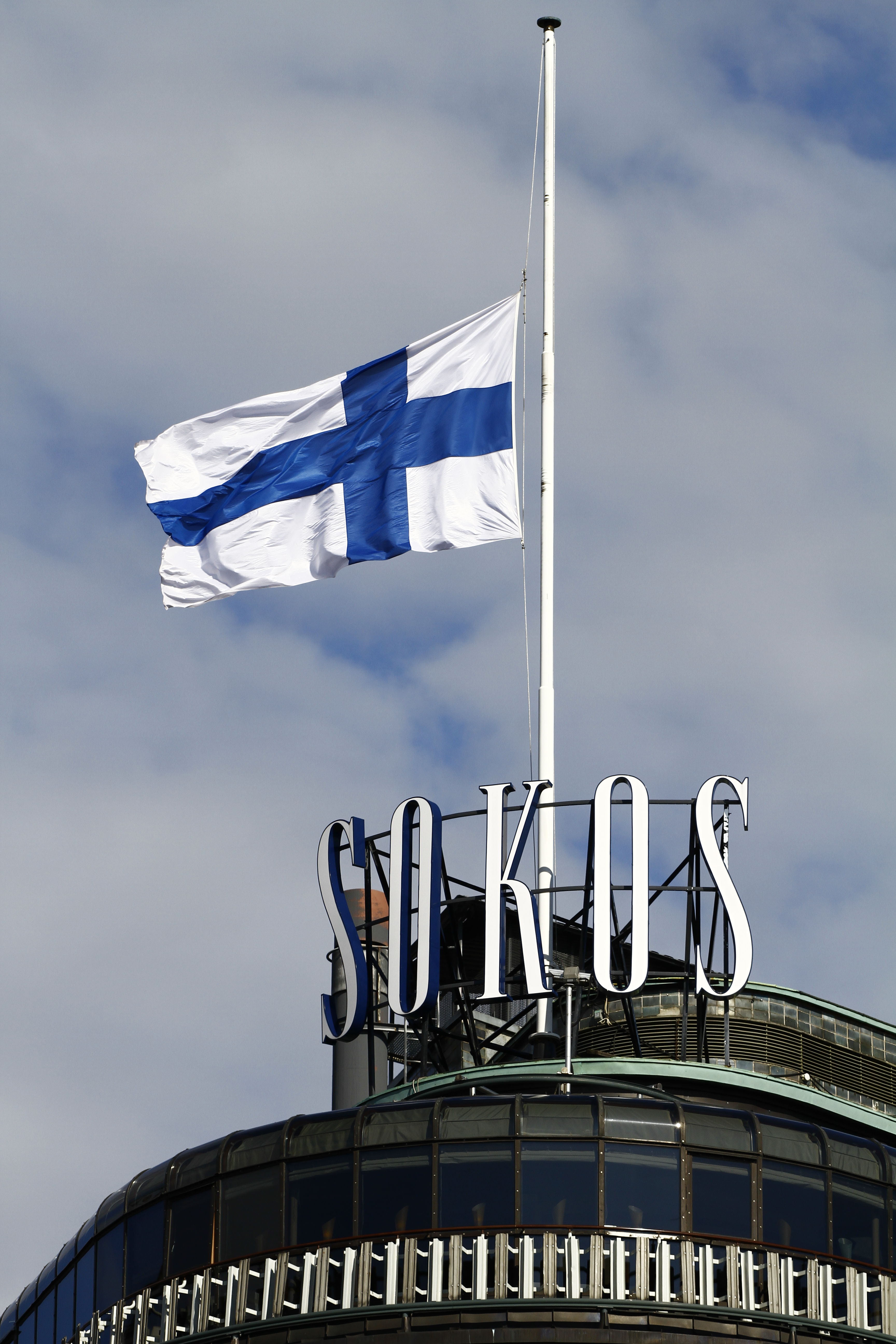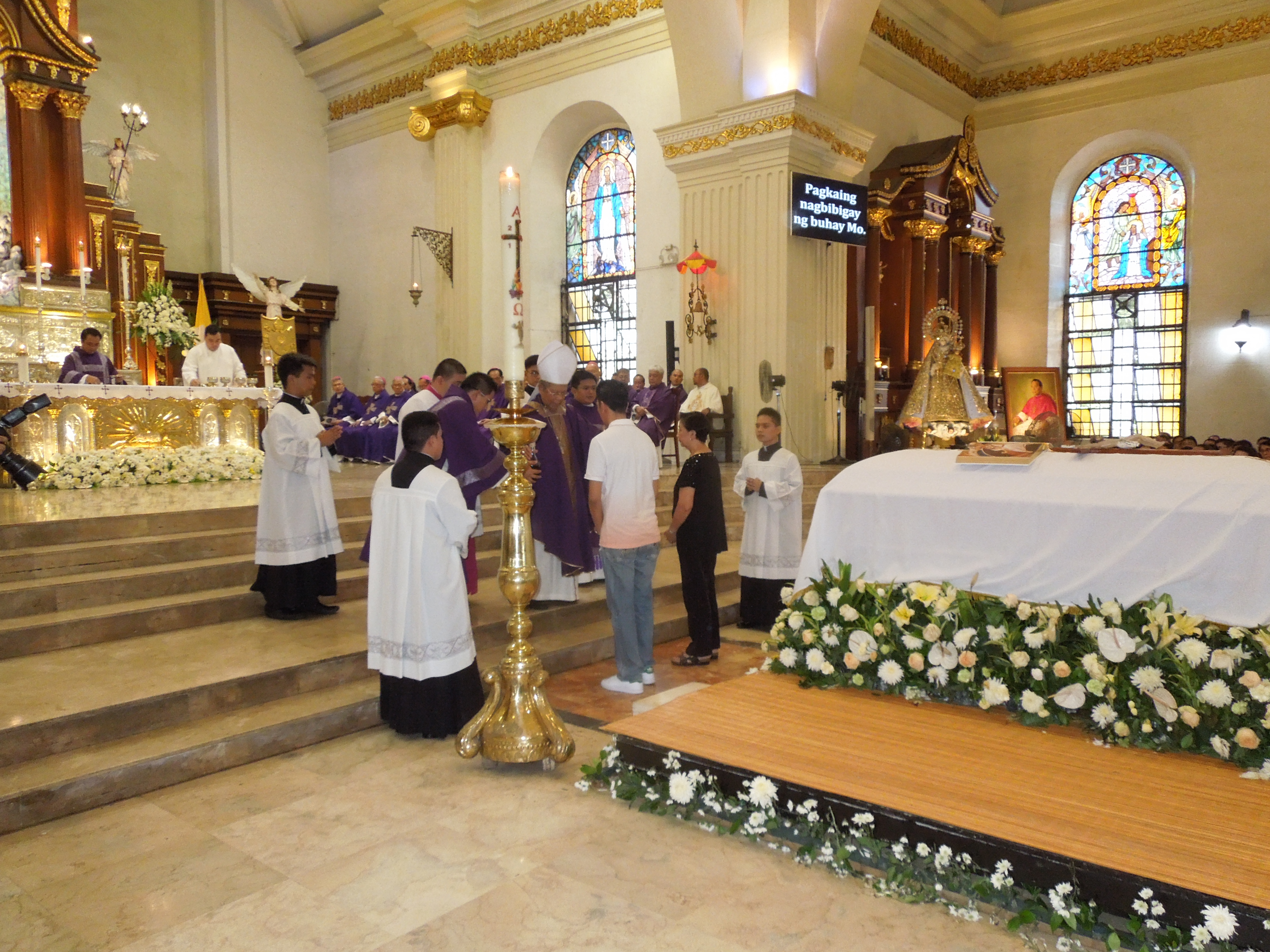|
Archduke Rainer Of Austria (1895–1930)
Archduke Rainer of Austria (; 21 November 1895 – 25 May 1930) was a member of the House of Habsburg-Lorraine, a member of the Tuscan branch of the Imperial House of Habsburg, an Archduke of Austria and Prince of Tuscany by birth. He was the eldest son Archduke Leopold Salvator of Austria, Prince of Tuscany. He served as officer in the Austrian army during World War I.McIntosh, ''The Unknown Habsburgs'', p. 51 At the fall of the Habsburg dynasty, he remained in Vienna and worked for a time as taxi driver. He died unmarried at the age of 34 from blood-poisoning. Life Archduke Rainer was born in Agram (the historic Austrian-German name for what is now the city of Zagreb in Croatia), the fourth child and eldest son of Archduke Leopold Salvator of Austria, Prince of Tuscany and Infanta Blanca of Spain (daughter of Carlos, Duke of Madrid).Harding, ''Lost Waltz'', p. 20 He received the names Rainer Karl Leopold Blanka Anton Margarete Beatrix Peter Joseph Raphael Michael Ignaz Step ... [...More Info...] [...Related Items...] OR: [Wikipedia] [Google] [Baidu] |
Archduke Leopold Of Austria, Prince Of Tuscany
Archduke Leopold Maria of Austria, Prince of Tuscany (, 30 January 1897 – 14 March 1958) was the second son of Archduke Leopold Salvator, Prince of Tuscany and Infanta Blanca of Spain. At the fall of Habsburg monarchy he remained in Austria and recognized the new republic in order to marry Dagmar, Baroness von Nicolics-Podrinska. The couple had one daughter. After divorcing his wife in 1931, Leopold eventually emigrated to the United States where he became a naturalized American citizen under the name Leopold Lorraine, and where he remarried. He died in 1958 in Connecticut. Life Archduke Leopold of Austria was born in Agram (the historic Austrian-German name for what is now the city of Zagreb in Croatia), the fifth child and second son of Archduke Leopold Salvator of Austria, Prince of Tuscany and Infanta Blanca of Spain (daughter of Carlos, Duke of Madrid). He received the names Leopold Maria Alfons Blanka Karl Anton Beatrix Michael Joseph Peter Ignatz von Habsburg-Lothringen ... [...More Info...] [...Related Items...] OR: [Wikipedia] [Google] [Baidu] |
Galicia (Eastern Europe)
Galicia ( ;"Galicia" ''Collins English Dictionary'' also known by the Variant name (geography), variant name Galizia; , ; , ; ; see #Origins and variations of the name, below) is a historical and geographic region spanning what is now southeastern Poland and western Ukraine, long part of the Polish–Lithuanian Commonwealth.See also: It covers much of the other historic regions of Red Ruthenia (centered on Lviv) and Lesser Poland (centered on Kraków). The name of the region derives from the medieval city of Halych, and was first mentioned in Hungarian historical chronicles in the year 1206 as ''Galiciæ''. The eastern part of the region was c ... [...More Info...] [...Related Items...] OR: [Wikipedia] [Google] [Baidu] |
Franz Joseph I Of Austria
Franz Joseph I or Francis Joseph I ( ; ; 18 August 1830 – 21 November 1916) was Emperor of Austria, King of Hungary, and the ruler of the Grand title of the emperor of Austria, other states of the Habsburg monarchy from 1848 until his death in 1916. In the early part of his reign, his realms and territories were referred to as the Austrian Empire, but were reconstituted as the dual monarchy of Austria-Hungary in 1867. From 1 May 1850 to 24 August 1866, he was also president of the German Confederation. In December 1848, Franz Joseph's uncle Emperor Ferdinand I of Austria, Ferdinand I abdicated the throne at Olomouc, as part of Minister President Felix zu Schwarzenberg's plan to end the Hungarian Revolution of 1848. Franz Joseph then acceded to the throne. In 1854, he married his first cousin Empress Elisabeth of Austria, Duchess Elisabeth in Bavaria, with whom he had four children: Archduchess Sophie of Austria, Sophie, Archduchess Gisela of Austria, Gisela, Rudolf, Crown Pri ... [...More Info...] [...Related Items...] OR: [Wikipedia] [Google] [Baidu] |
Capuchin Church, Vienna
The Capuchin Church () in Vienna, Austria, is a Roman Catholic church and monastery run by the Order of Friars Minor Capuchin. Located on the Neuer Markt square in the Innere Stadt near the Hofburg Palace, the Capuchin Church is most famous for containing the Imperial Crypt, the final resting place for members of the House of Habsburg. The official name is the Church of Saint Mary of the Angels. History About 1599 the Capuchin brothers under Lawrence of Brindisi resided at Vienna on their way to Prague, where they had been sent by Pope Clement VIII in the course of the Counter-Reformation. The church was donated by will of Anna of Tyrol (1585–1618), consort of Holy Roman Emperor Matthias of Habsburg. Construction was delayed due to the outbreak of the Thirty Years' War and not finished until 1632, under the rule of Matthias' successor Ferdinand II. It was consecrated in 1632. The aisleless church contains the tombs of friar Marco d'Aviano (d. 1699) and architect Donato ... [...More Info...] [...Related Items...] OR: [Wikipedia] [Google] [Baidu] |
Imperial Crypt
The Imperial Crypt (), also called the Capuchin Crypt (''Kapuzinergruft''), is a burial chamber beneath the Capuchin Church and monastery in Vienna, Austria. It was founded in 1618 and dedicated in 1632, and located on the Neuer Markt square of the Innere Stadt, near the Hofburg Palace. Since 1633, the Imperial Crypt serves as the principal place of entombment for the members of the House of Habsburg.Beutler 1999, p. 12. The bones of 145 Habsburg royalty, plus urns containing the hearts or cremated remains of four others, are here, including 12 emperors and 18 empresses. The visible 107 metal sarcophagi and five heart urns range in style from puritan plain to exuberant rococo. Some of the dozen resident Capuchin friars continue their customary role as the guardians and caretakers of the crypt, along with their other pastoral work in Vienna. The most recent entombment was in 2023. History Anna of Tyrol, wife of Emperor Matthias conceived the idea of a Capuchin cloister and ... [...More Info...] [...Related Items...] OR: [Wikipedia] [Google] [Baidu] |
Sepsis
Sepsis is a potentially life-threatening condition that arises when the body's response to infection causes injury to its own tissues and organs. This initial stage of sepsis is followed by suppression of the immune system. Common signs and symptoms include fever, tachycardia, increased heart rate, hyperventilation, increased breathing rate, and mental confusion, confusion. There may also be symptoms related to a specific infection, such as a cough with pneumonia, or dysuria, painful urination with a pyelonephritis, kidney infection. The very young, old, and people with a immunodeficiency, weakened immune system may not have any symptoms specific to their infection, and their hypothermia, body temperature may be low or normal instead of constituting a fever. Severe sepsis may cause organ dysfunction and significantly reduced blood flow. The presence of Hypotension, low blood pressure, high blood Lactic acid, lactate, or Oliguria, low urine output may suggest poor blood flow. Se ... [...More Info...] [...Related Items...] OR: [Wikipedia] [Google] [Baidu] |
Half-staff
Half-mast or half-staff (American English) refers to a flag flying below the summit of a ship mast, a pole on land, or a pole on a building. In many countries this is seen as a symbol of respect, mourning, distress, or, in some cases, a salute. The tradition of flying the flag at half-mast began in the 17th century. According to some sources, the flag is lowered to make room for an "invisible flag of death" flying above. However, there is disagreement about where on a flagpole a flag should be when it is at half-mast. It is often recommended that a flag at half-mast be lowered only as much as the hoist, or width, of the flag. British flag protocol is that a flag should be flown no less than two-thirds of the way up the flagpole, with at least the height of the flag between the top of the flag and the top of the pole. It is common for the phrase to be taken literally and for a flag to be flown only halfway up a flagpole, although some authorities deprecate that practice. Whe ... [...More Info...] [...Related Items...] OR: [Wikipedia] [Google] [Baidu] |
Austrian Parliament Building
The Austrian Parliament Building (, colloquially ''das Parlament'') in Vienna is the meeting place of the two houses of the Austrian Parliament. The building is located on the in the first district, ''Innere Stadt'', near Hofburg Palace and the Palace of Justice, Vienna, Palace of Justice. It was built to house the two chambers of the Imperial Council (Austria), Imperial Council (''Reichsrat''), the bicameral legislature of the Cisleithanian (Austrian) part of the Austro-Hungarian Empire. Since its construction, the Parliament Building has been the seat of these two houses, and their successors—the National Council of Austria, National Council (''Nationalrat'') and the Federal Council of Austria, Federal Council (''Bundesrat'')—of the Austrian legislature. The foundation stone was laid in 1874; the building was completed in 1883. The architect responsible for its Greek Revival architecture, Greek Revival style was Theophil Hansen. He designed the building holistically, aim ... [...More Info...] [...Related Items...] OR: [Wikipedia] [Google] [Baidu] |
Charles I Of Austria
Charles I (, ; 17 August 1887 – 1 April 1922) was Emperor of Austria, King of Hungary (as Charles IV), and the ruler of the other states of the Habsburg monarchy from November 1916 until the monarchy was abolished in November 1918. He was the last of the monarchs belonging to the House of Habsburg-Lorraine to rule over Austria-Hungary. The son of Archduke Otto of Austria and Princess Maria Josepha of Saxony, Charles became heir presumptive of Emperor Franz Joseph when his uncle Archduke Franz Ferdinand of Austria was assassinated in 1914. In 1911, he married Princess Zita of Bourbon-Parma. Charles succeeded to the thrones in November 1916 following the death of his great-uncle, Franz Joseph. He began secret negotiations with the Allies, hoping to peacefully end the First World War, but was unsuccessful. Despite Charles's efforts to preserve the empire by returning it to federalism and by championing Austro-Slavism, Austria-Hungary hurtled into disintegration: Czechoslovak ... [...More Info...] [...Related Items...] OR: [Wikipedia] [Google] [Baidu] |
Requiem
A Requiem (Latin: ''rest'') or Requiem Mass, also known as Mass for the dead () or Mass of the dead (), is a Mass of the Catholic Church offered for the repose of the souls of the deceased, using a particular form of the Roman Missal. It is usually celebrated in the context of a funeral (where in some countries it is often called a Funeral Mass). Musical settings of the propers of the Requiem Mass are also called Requiems, and the term has subsequently been applied to other musical compositions associated with death, dying, and mourning, even when they lack religious or liturgical relevance. The term is also used for similar ceremonies outside the Catholic Church, especially in Western Rite Orthodox Christianity, the Anglo-Catholic tradition of Anglicanism, and in certain Lutheran churches. A comparable service, with a wholly different ritual form and texts, exists in the Eastern Orthodox and Eastern Catholic churches as well as some Methodist churches. The Mass and i ... [...More Info...] [...Related Items...] OR: [Wikipedia] [Google] [Baidu] |
Infanta Blanca And Her Family
Infante (, ; f. ''infanta''), also anglicised as "infant" or translated as "prince", is the title and rank given in the Iberian kingdoms of Spain (including the predecessor kingdoms of Aragon, Castile, Navarre, and León) and Portugal to the sons and daughters (''infantas'') of the king, regardless of age, sometimes with the exception of the heir apparent or heir presumptive to the throne who usually bears a unique princely or ducal title.de Badts de Cugnac, Chantal. Coutant de Saisseval, Guy. ''Le Petit Gotha''. Nouvelle Imprimerie Laballery, Paris 2002, p. 303, 364–369, 398, 406, 740–742, 756–758 , . A woman married to a male ''infante'' was accorded the title of ''infanta'' if the marriage was dynastically approved (e.g., Princess Alicia of Bourbon-Parma), although since 1987 this is no longer automatically the case in Spain (e.g., Princess Anne d'Orléans). Husbands of born ''infantas'' did not obtain the title of ''infante'' through marriage (unlike most hereditar ... [...More Info...] [...Related Items...] OR: [Wikipedia] [Google] [Baidu] |
Slovenia
Slovenia, officially the Republic of Slovenia, is a country in Central Europe. It borders Italy to the west, Austria to the north, Hungary to the northeast, Croatia to the south and southeast, and a short (46.6 km) coastline within the Adriatic Sea to the southwest, which is part of the Mediterranean Sea. Slovenia is mostly mountainous and forested, covers , and has a population of approximately 2.1 million people. Slovene language, Slovene is the official language. Slovenia has a predominantly temperate continental climate, with the exception of the Slovene Littoral and the Julian Alps. Ljubljana, the capital and List of cities and towns in Slovenia, largest city of Slovenia, is geographically situated near the centre of the country. Other larger urban centers are Maribor, Ptuj, Kranj, Celje, and Koper. Slovenia's territory has been part of many different states: the Byzantine Empire, the Carolingian Empire, the Holy Roman Empire, the Kingdom of Hungary, the Republic of Venice ... [...More Info...] [...Related Items...] OR: [Wikipedia] [Google] [Baidu] |







